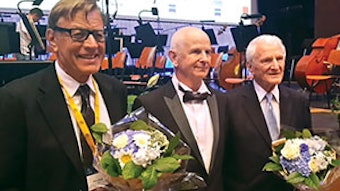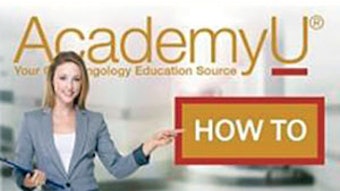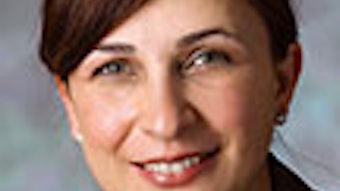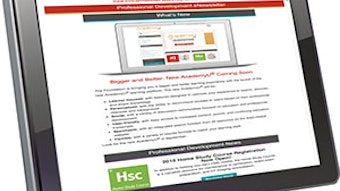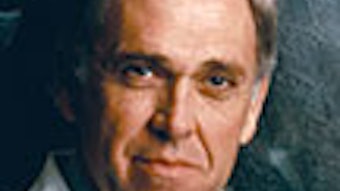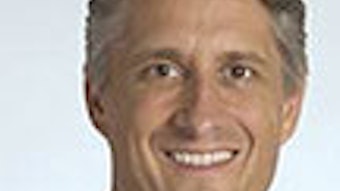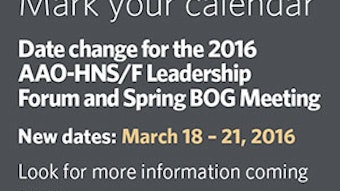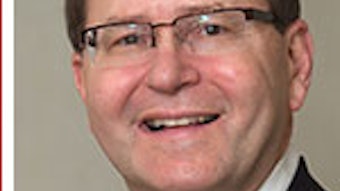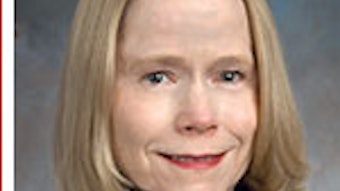Rebuilding ears, self images, and hope in Cambodia: the first collaboration between Face to Face and Operation SmileExpanded from the print edition
As we walked into the Khmer Soviet Friendship Hospital in Phnom Penh, Cambodia, in February, Kathleen Sie, Sie, MD, pediatric otolaryngologist at Seattle Children’s Hospital, turned and quietly reminded me to look carefully in the ICU so we might be mindful of what our potential highest level of care would look like.
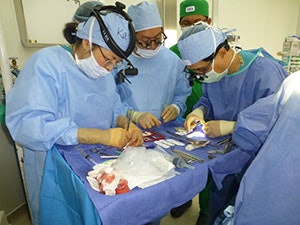
Cases
8 cleft lip repairs or revisions
7 stage I microtia reconstructions
1 stage II microtia reconstruction
2 cleft palate repairs
5 scar revisions (3 noses, scalp, and face)
1 parotidectomy, gold weight, facial nerve to masseter nerve anastomosis
1 otoplasty
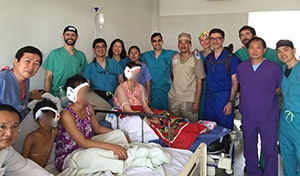
The equipment provided by Operation Smile transformed these simple ORs. They brought modern electrocautery, anesthesia machines, and supplies. It was still striking to see the paper gowns getting re-sterilized, and multiple OR beds with simultaneous surgeries being performed in a the same operating room. And even with all that Operation Smile and Face to Face teams brought, the constant requirement of ingenuity and adaptability was profound. Instead of asking for a specific instrument or suture, one would instead verbalize the function they were trying to complete and allow the team of surgeons, nurses, and techs find a solution together. (“I need something to retract this or close that …”)
The teamwork that this process fostered was immense. And what a team it was! The roster reads like a “who’s who” in the worlds of pediatric otolaryngology and facial plastic surgery: Sam Most, MD, Craig Murakami, MD, Dr. Sie, Amit Bhrany, MD, and Jonathan Sykes, MD. Added to them were two anesthesiologists, a pediatric intensivist, two nurses, and two other facial plastic surgery fellows, Julie Ames, MD, and Matt Lee, MD. This was the ninth time Face to Face (the AAFPRS humanitarian foundation) had been in Cambodia. It was to be the first partnership with Operation Smile here in Cambodia. It would be my fourth trip to Cambodia for medical mission trips, but my first as an operating surgeon; something I had dreamed of be able to do since I first traveled to this beautiful, but torn, country.
The first day the entire floor of the hospital was full of patients seeking help for maladies and deformities. Each was provided a number and evaluated in turn. While seeing them, we prioritized those to whom we would reasonably be able to offer surgical intervention. That rough schedule was finalized the night before, and when it was posted, families would crowd around the window where it was displayed. Some looked on with elation, others disappointment. Despite the language barrier, each patient and their families placed an incredible amount of trust in our team. We could see in their faces they knew the gravity of their choice, and that trust made it all the more impacting to be able to perform safe surgery. The reunions in PACU were repeatedly beautiful: child was returned safely, lip repaired or ear constructed, held by tearful and grateful parents. It did not all go smoothly. While we mitigate risk, we cannot eliminate it (either in the U.S. or Cambodia). But we dealt with complications swiftly and as a team. And each event (small or large) was a reminder of why we train and operate with focus and diligence, and why it is so important to have a team worthy of our trust.
Many of us enter medicine with some humanitarian goal of participating in events like these. However, the barriers to entry can be large (cost, time, contacts, experience, etc.). I am grateful to the AAO-HNSF Humanitarian Efforts Committee for helping clear some of that hurdle with the travel grant. The relationships forged in preparation for and during a trip like this one are possibly the most valuable take-away. Serving these patients with the (sometimes cumbersome) western medicine “stuff” stripped away was a perfect reminder of why I’ve been in training in more than a decade. Despite the hard work and jet-lag, I stepped back on sovereign soil both refreshed and motivated.
